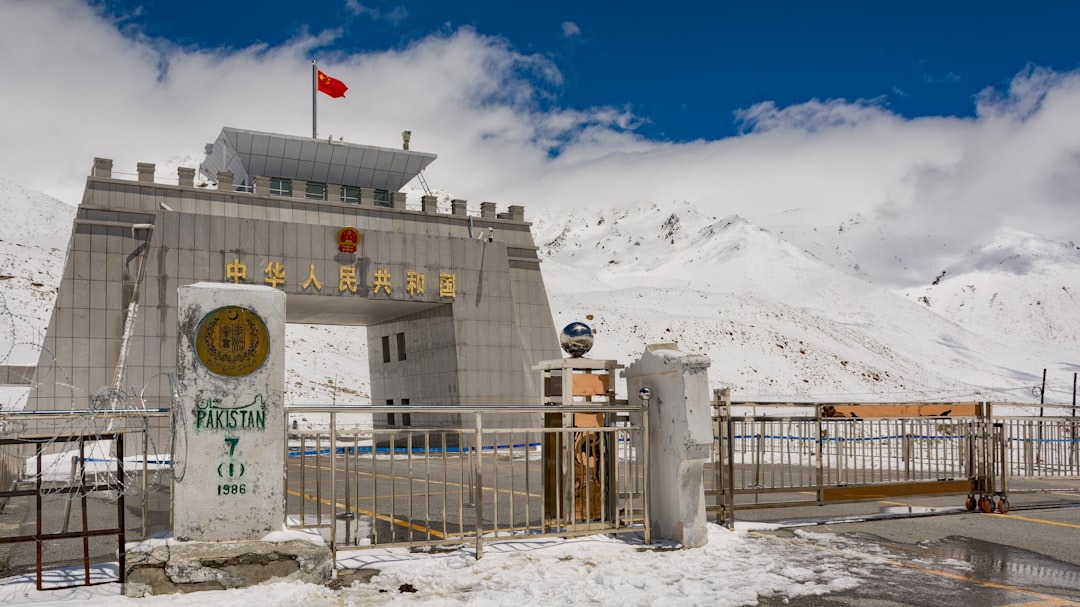What is it about?
Understanding how much precipitation falls in the Asian Water Tower (AWT) is essential for knowing how water moves through this important region. Here, our study quantitatively reveals that the “observed” precipitation over the AWT is considerably underestimated in view of observational evidence from three water cycle components, namely, evapotranspiration, runoff and accumulated snow. We find that three paradoxes appear if the so-called “observed” precipitation is corrected, namely, actual evapotranspiration exceeding precipitation, unrealistically high runoff coefficients, and accumulated snow water equivalent exceeding contemporaneous precipitation. We then explain the cause of precipitation underestimation from instrumental error caused by wind-induced gauge undercatch and the representativeness error caused by sparse-uneven gauge density and complexity of local surface conditions. Finally, our study also offers a comprehensive framework to optimize future precipitation monitoring networks and develop high-accuracy precipitation data in the region.
Featured Image

Photo by Christian Lue on Unsplash
Why is it important?
The Asian Water Tower (AWT) region serves as the source of ten major Asian river systems flowing into ten countries and supports the lives of approximately 2 billion people. Precipitation is the most important source of water recharge in the AWT. Our study provides solid evidence that the observed precipitation over the AWT is considerably underestimated, as indicated by apparent paradoxes in the water balance law. These findings call for the reassessment of previous studies that have directly applied observed precipitation datasets across the AWT, including those investigating freshwater budgets, water exchange rates, runoff component ratios, and atmospheric circulation. Ignoring these significant underestimations of precipitation can lead to biased or even incorrect understandings in water-related research.
Perspectives
This work not only enhances our understanding of the current limitations in precipitation monitoring over the AWT but also contributes to establishing a general framework to optimize future precipitation monitoring networks in this region. This research provides important insights that will be valuable for both scientists and policymakers, ensuring more accurate water cycle analysis and better-informed decisions regarding water management and disaster preparedness.
Chiyuan Miao
Beijing Normal University
Read the Original
This page is a summary of: Understanding the Asian water tower requires a redesigned precipitation observation strategy, Proceedings of the National Academy of Sciences, May 2024, Proceedings of the National Academy of Sciences,
DOI: 10.1073/pnas.2403557121.
You can read the full text:
Resources
Contributors
The following have contributed to this page










